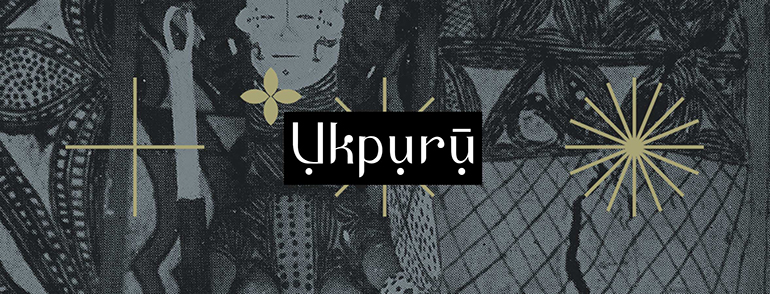
It is extremely rare, unheard of and possibly, barring this instance, virtually impossible to find a masking tradition in west Africa that features a ‘heavy’ aggressive mask that is headed by women. A twist of tradition happened in the Izzi (northeastern Igbo) village group of Nkaliki in 1975 when the community oracle, Uke, asked Nkaliki women to organise and dance Ogbodo Enyi in honour of its work saving them from child-killing evil spirits. A woman in this picture is one of the women maskers of Nkaliki shot by Herbert Cole in 1983 dancing an Ogbodo Enyi mask amidst her female supporters. The mask is originally a men’s mask representing leadership and takes on aspects of an elephant (ogbodo enyi meaning ‘elephant spirit’) and is somewhat aggressive when worn by men.
The Ogbodo Enyi of the women’s society, although aesthetically similar to its male counterpart, is considered to be different from that of the male and the male and female maskers never appear in the same context. The female Ogbodo Enyi is embraced by the women of the community and it is worn by a woman who is selected by the ogbodo, like her male counterparts, through divination and a mask is commissioned by the women. Although a few younger men of the community do not acknowledge it, the female Ogbodo Enyi is well respected by the elders of the community and the male Ogbodo Enyi masker acknowledges female maskers during the males performance, a special occurrence since masks are usually separated from women. This is the only documented existence of a masking tradition headed by women in Igbo culture and probably Nigeria where masking traditions are usually exclusively male privileges from which women are largely barred. — Information summarised from Herbert Cole, Chike Aniakor (1984).


